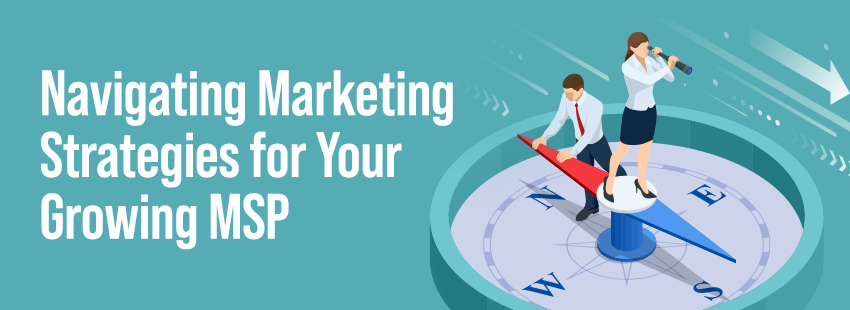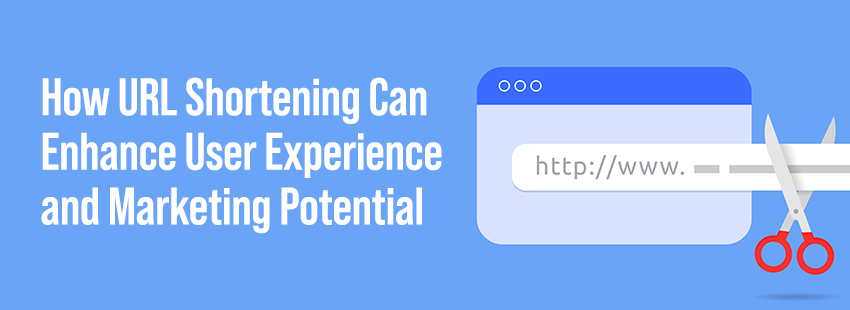Employee advocacy in social media
The advent of employee advocacy has further blurred the lines between personal opinion and professional responsibility. While organizations want their employees to share – they only want their employees to share what they want them to share. Employees, on the other hand, still regard their social media accounts as their own and not the purview of their employers.
Best practices for social media guidelines
- DO list our company as your employer on your accounts
The more people who associate with your brand and share your content, the better trust and authority you’ll build with the search engines, and within your target audiences.
Get your employees involved in your employer brand by encouraging, and even helping them, create LinkedIn profiles that reflect their positions and the contributions they make to the organization. Then, encourage them to share, share, share.
- DO share company stories, news, and events
Social media works much the same way. Your content thought leadership, and company message is not worth a thing unless spread around encouraging your audiences to grow.
- DO feel free to engage in social media activity that improves your professional image or the image of your company during regular work hours
Encourage employees to engage in the types of social media conversations that grow their networks and improve their digital images — and yours.
- DON’T publish or otherwise disclose confidential company information either electronically or otherwise
As much as possible, stay away from definite “Don’ts.” There are only a few exceptions to this rule of thumb. In this case, it seems like you shouldn’t even have to have this as a guideline, since common sense dictates that company confidential information is just that, secret.
- DON’T respond to any competitor or other person posting negative reviews or comments about the company
This is one of the most essential guidelines for everyone. When we are attacked, people naturally want to strike back. Social media is no exception, and the temptation is even greater. While most people will back down in a face to face confrontation to avoid escalating the situation, social media removes the physical barriers to giving it right back to the aggressor.
If your company is the victim of internet trolls, disgruntled employees, or unhappy customers, respond immediately with an offer to discuss further offline. If your employees see a comment about the company, they should be directed to inform the social media manager at your organization immediately, instead of responding themselves. Flame wars, whether propagated by the company or by its employees, never result in positive public opinion. Even if you feel you’ve been wronged, responding defensively only gives more fuel to the flame war fire and often backfires to make the complainant look justified.
- Use common sense
Creating organizational norms encourages employees to share their thought leadership while improving their online professional images.
Engagement Reactions
Emojis are everywhere in the modern world. We’re continually using emojis to express ourselves and translate our emotions into a digital format. Reactions are Facebook and Linkedin’s way of facilitating that emotional conversation online. Reactions are a series of emojis customers can use to respond to a post.
How Reactions Affect Social Media Marketing?
Social Media platforms measure all reactions differently when evaluating posts. For marketers, this means that Reactions are simply another way to engage with customers. These icons are a hub of useful information. Reactions are more descriptive than a simple “like” and allow marketers to see how customers “feel” about posts.
Reactions will also help others find content that is suitable to their liking if it has more than a standard “Like” vs. one of the other reactions available. Reacting with a different emotion than “Like,” it helps the content rise to the top and be seen differently.
Like your Posts!
When people like a post on social media, Facebook (for example) will show a few names of the people who liked the post. It will usually pick a couple of names from the friend’s list of the person viewing the post, so they have more peer pressure to like the post as well, or at least check it out.
When you like your post as your page, the name that shows up is your brand name. That stands out like a sore thumb and isn’t as beneficial as you might like. On the other hand, if you then log out of your brand page and log into your personal account, you can like the post from your own name.
Anyone who is friends with you probably knows what your company is, but even if they don’t, liking your post shares it with your friends. People can see your activity in their feeds, so it’s sort of like a share, without the explicit share. The rules on when it shows up are fuzzy and change from time to time.
In any case, you’re a business owner, so your friends likely trust your opinions. When they see a post that you liked, they’re more likely to give it a second glance or a bit of their attention. That’s a tangible benefit you can get out of liking the posts you make on your brand page.
So go back every few days and like your post with a reaction that will rise or raise interest!




